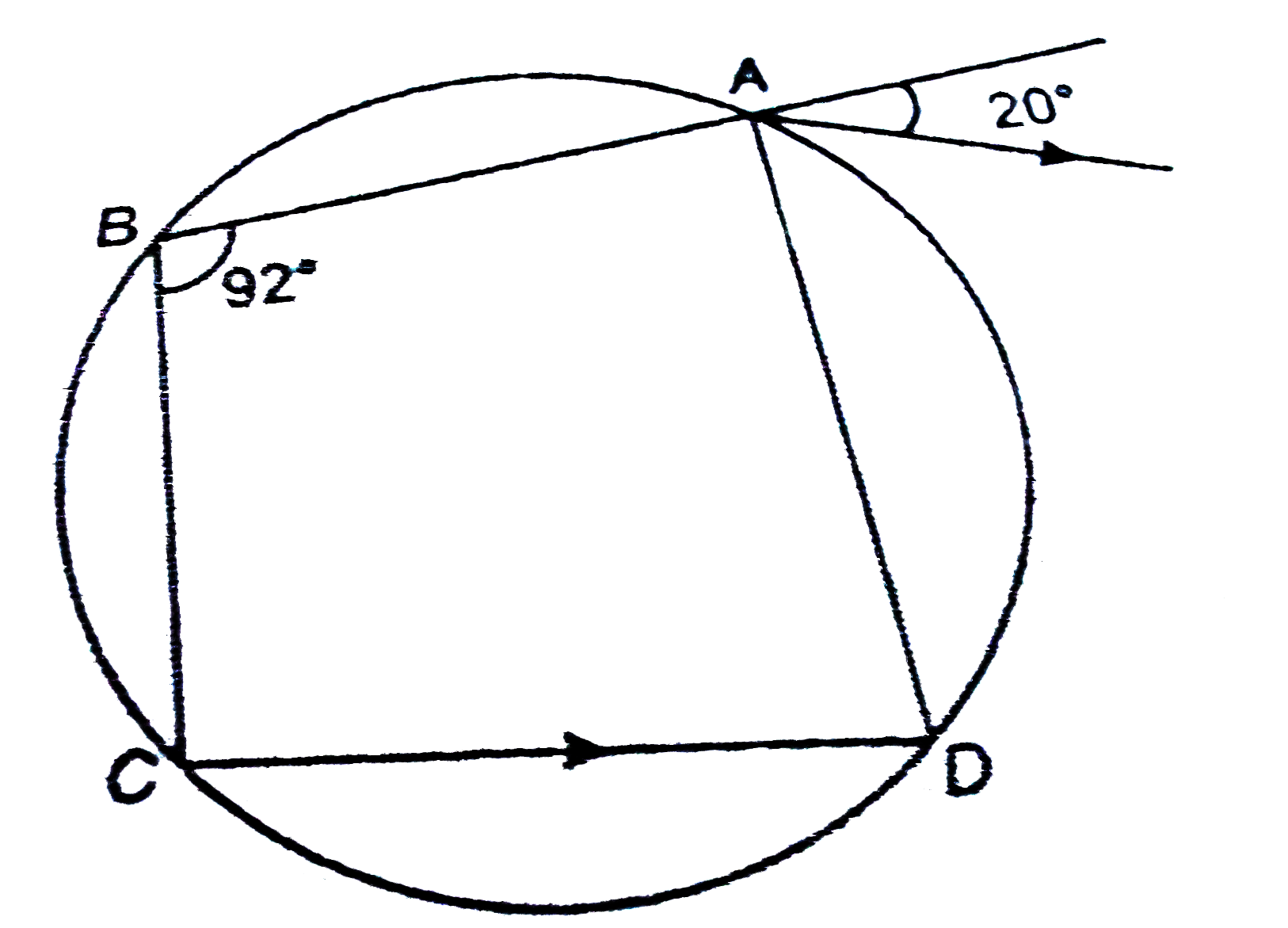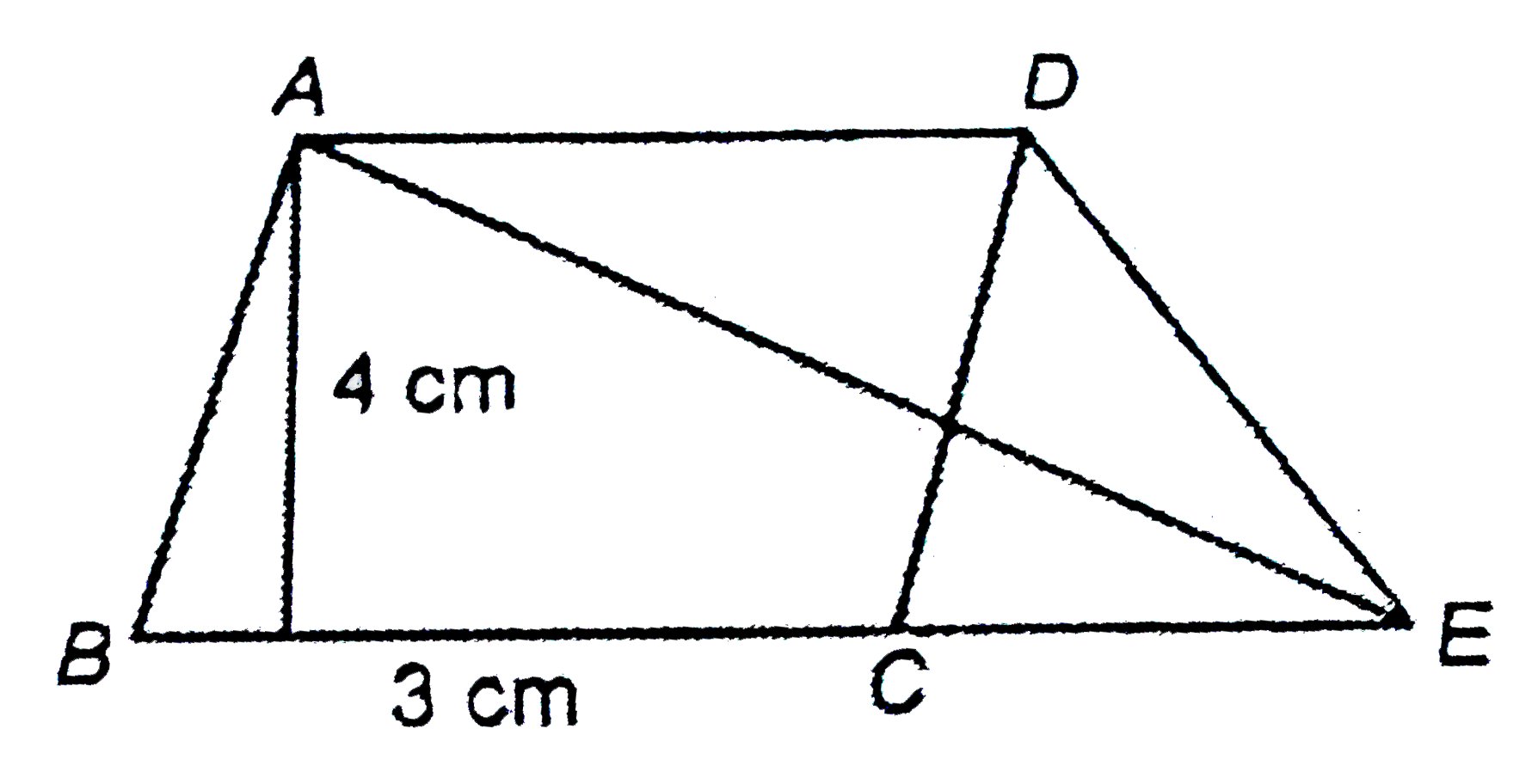In the adjacent figure ABCD is a quadriateral & ∠ADB=∠BCA=22∘, then ∠BCD+∠BAD is-

66∘
90∘
132∘
180∘
The correct Answer is:A
Step by step video & image solution for In the adjacent figure ABCD is a quadriateral & /_ADB = /_BCA = 22^(@), then /_BCD +/_BAD is- by Maths experts to help you in doubts & scoring excellent marks in Class 12 exams.
Updated on:21/07/2023Topper's Solved these Questions
- RACEBOOK - ALLENCHAPTER - RACEEXERCISE - RACE 9
10 Videos
- RACEBOOK - ALLENCHAPTER - RACEEXERCISE - RACE 10
10 Videos
- RACEBOOK - ALLENCHAPTER - RACEEXERCISE - RACE 5
10 Videos
- LOGARITHMSBOOK - ALLENCHAPTER - LOGARITHMSEXERCISE - All Questions
92 Videos
- SEQUENCE AND PROGRESSIONBOOK - ALLENCHAPTER - SEQUENCE AND PROGRESSIONEXERCISE - Exercise (JA)
12 Videos
Similar Questions
Knowledge Check

In the figure above, what is the area of quadrilateral ABCD?A28B32C36D42In the figure, ABCD is a parallelogram, what is the value of b?
 A46B48C72D84
A46B48C72D84
Let ABCD be a quadrilateral with ∠CBD=2∠ADB,∠ABD=2∠CDB,AB=BC, then
View SolutionIn the given figure ABCD is a cyclic quadrilateral in which AE is drawn parallel to CD and BA is produced. If ∠ABC=92∘ and ∠FAE=20∘, Find ∠BCD.

View SolutionIn the adjacent figure, the potential difference between A and B is

View SolutionIn the given figure, ABCD is a cyclicquadrilateral, PQ is tangent to the circle at point C and BD is its diameter.
If ∠DCQ=40∘ and ∠ABD=60∘ find
(i) ∠DBC
(ii) ∠BCP
(iii) ∠ADB

View SolutionThe given figure shows a quadrilateral ABCD in which AD =13 cm, DC= 12 cm, BC=3 cm and ∠ABC=∠BCD=90∘. Calculate the length of AB.

View SolutionIn the given figure, ABCD is a parallelogram. Find the area of ΔAED

View Solution
